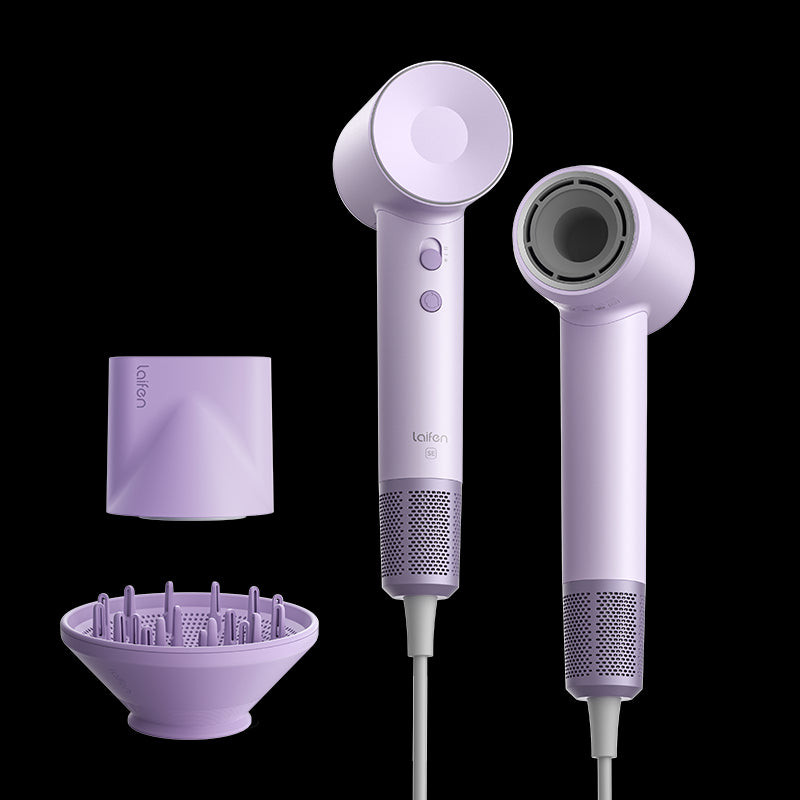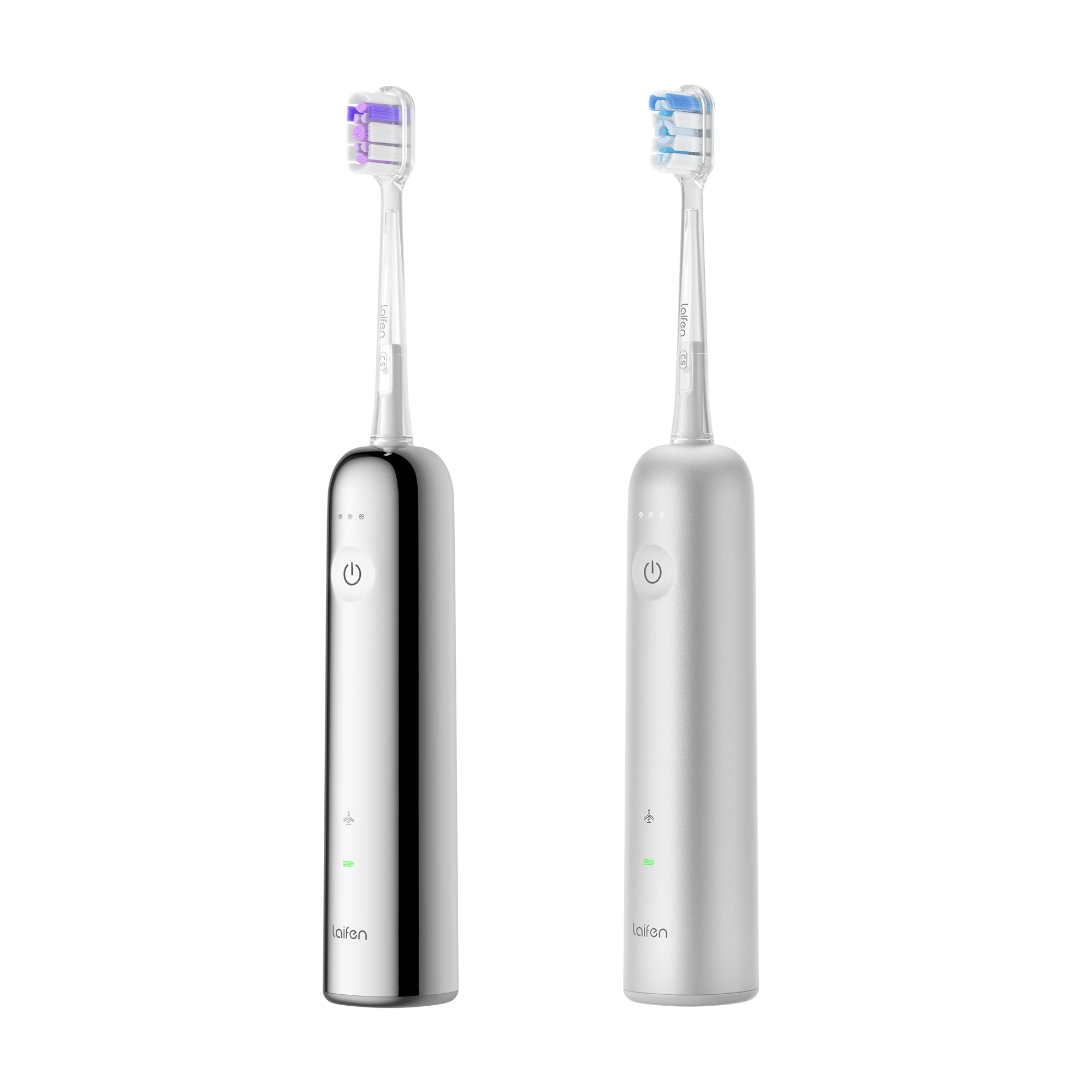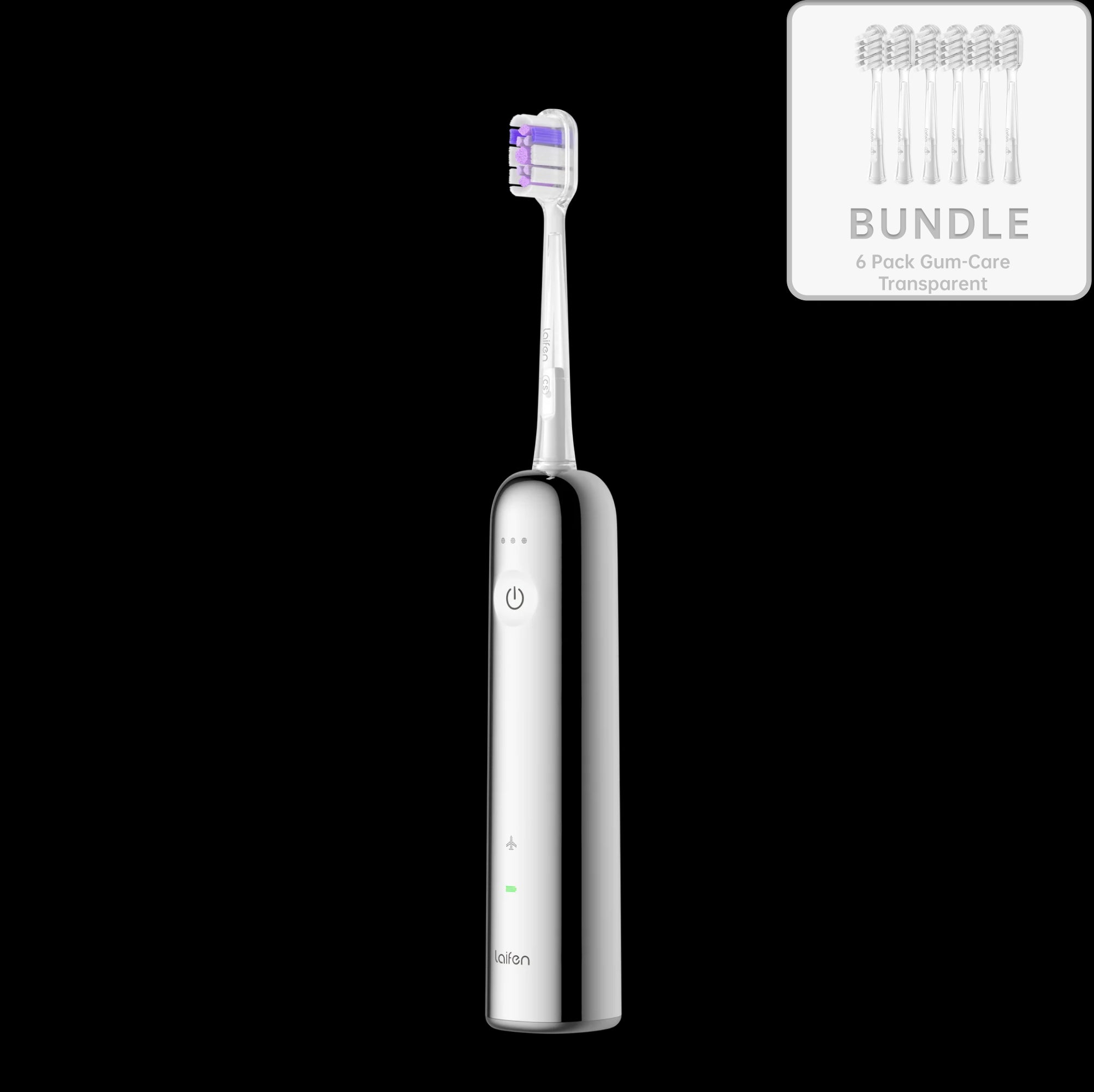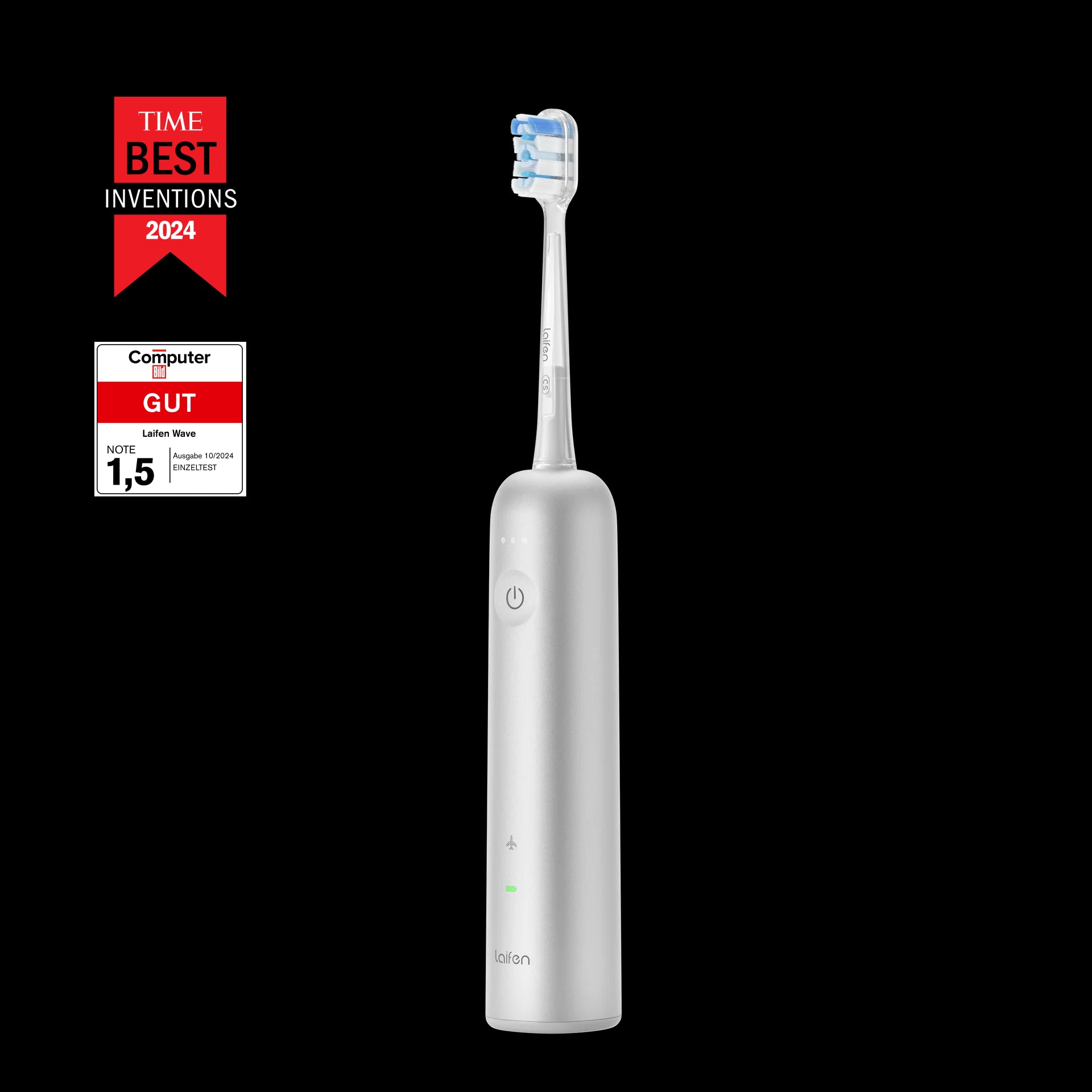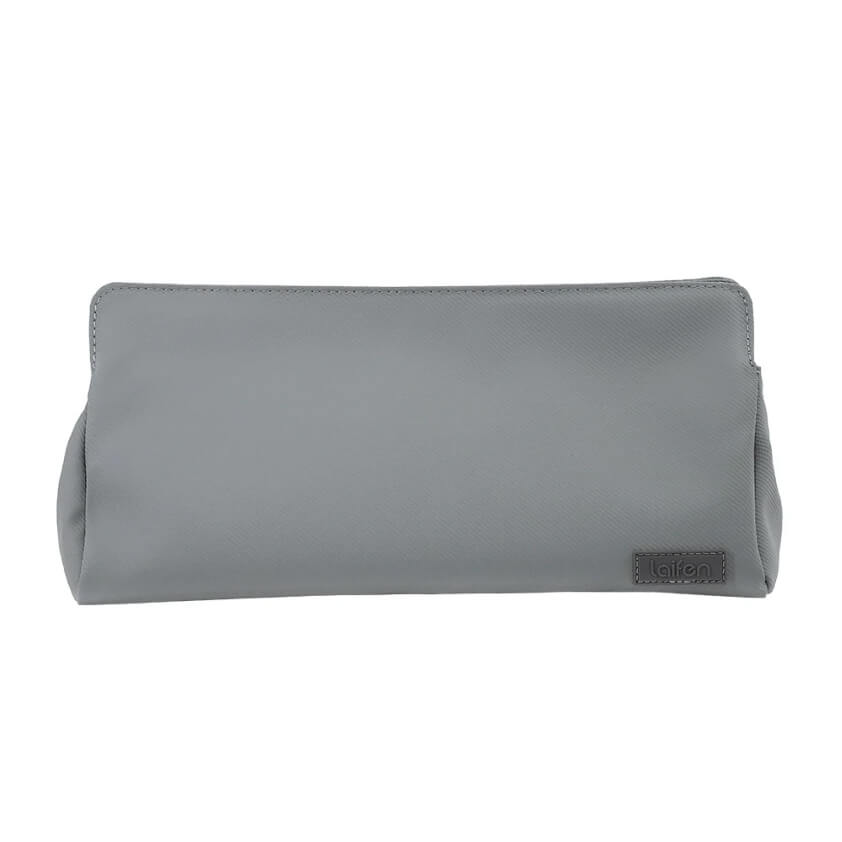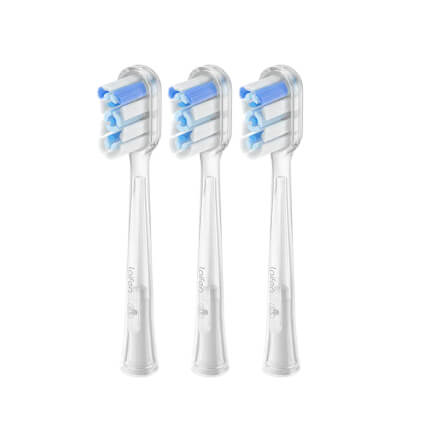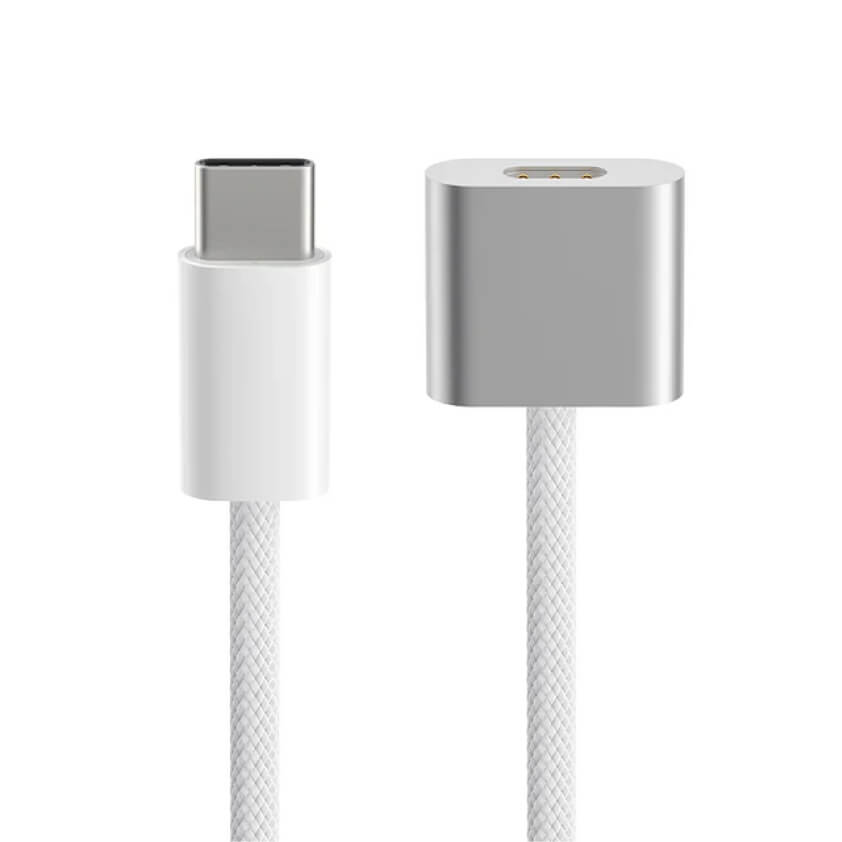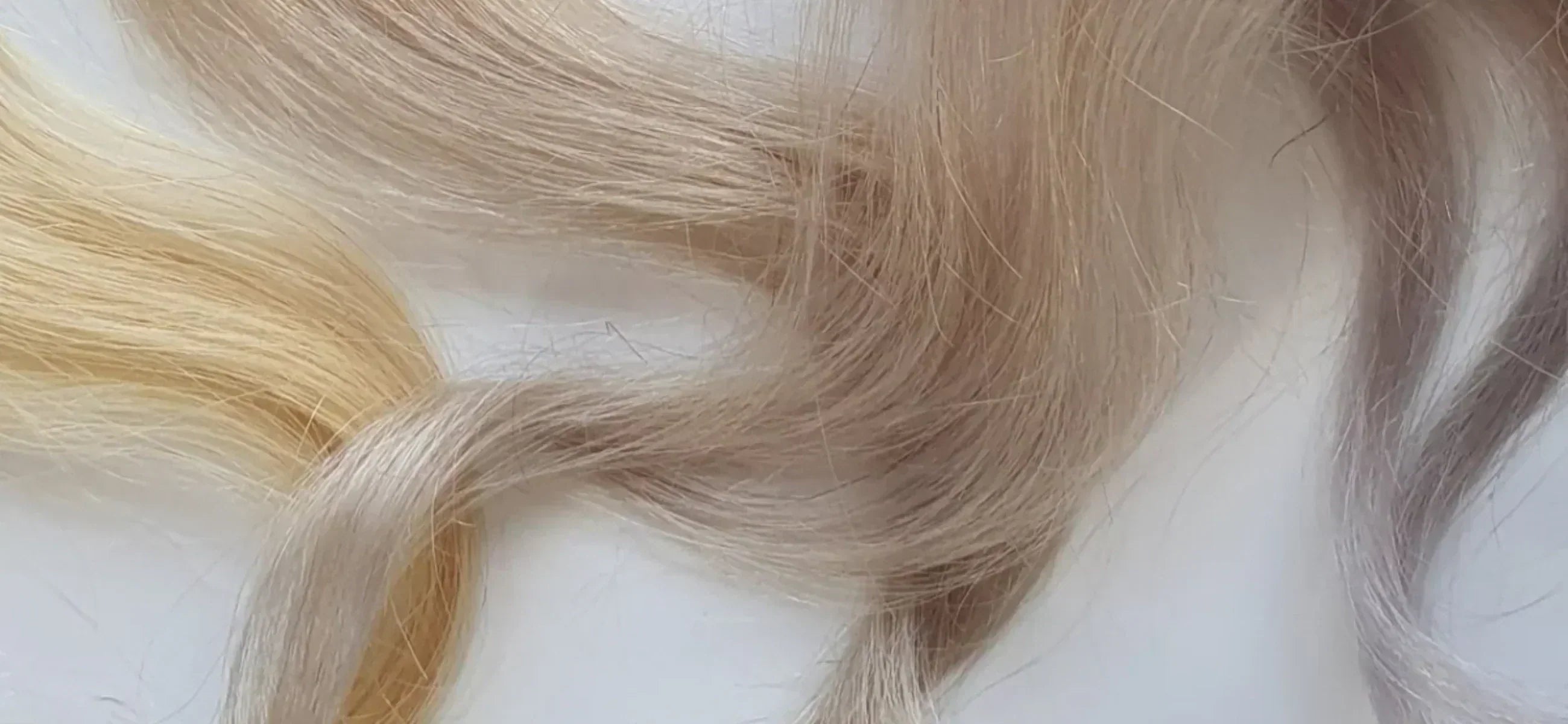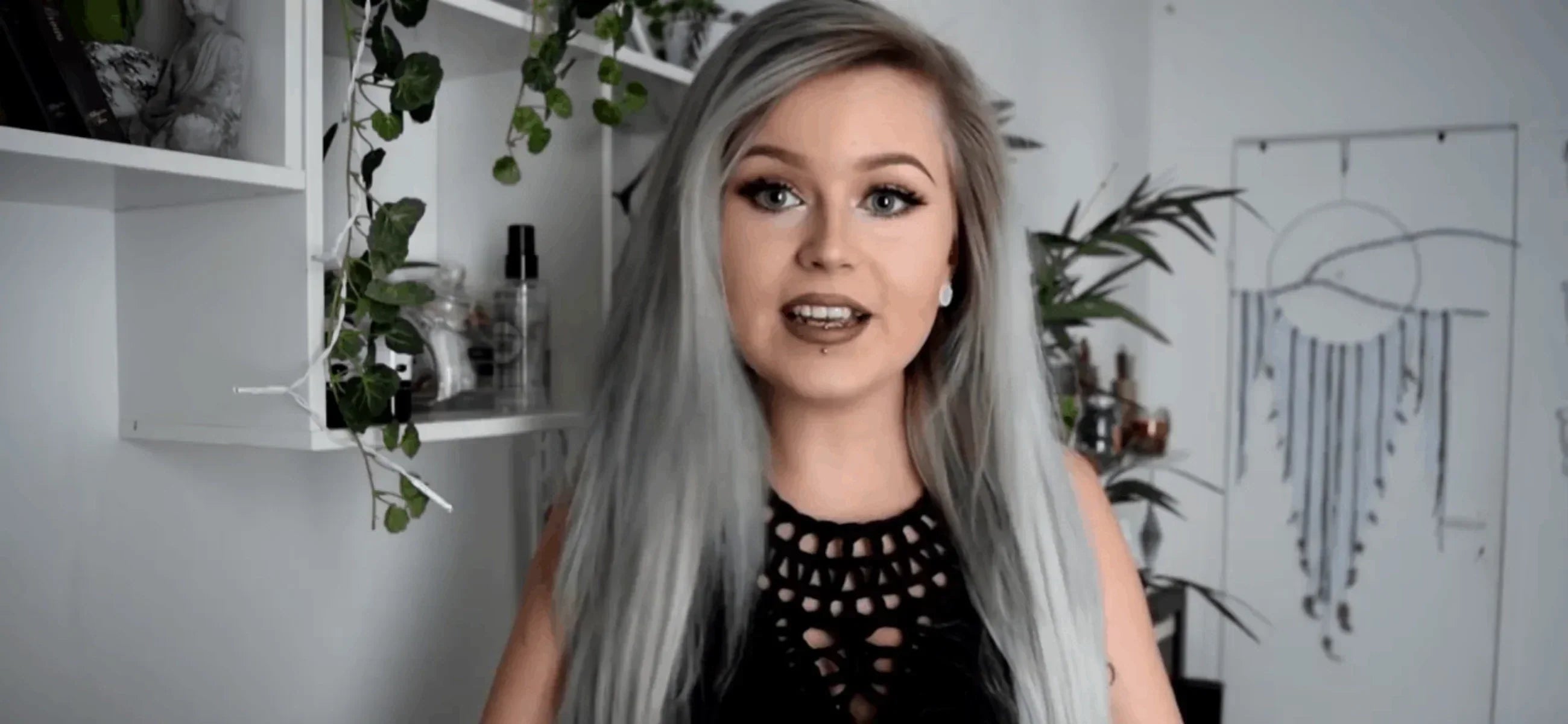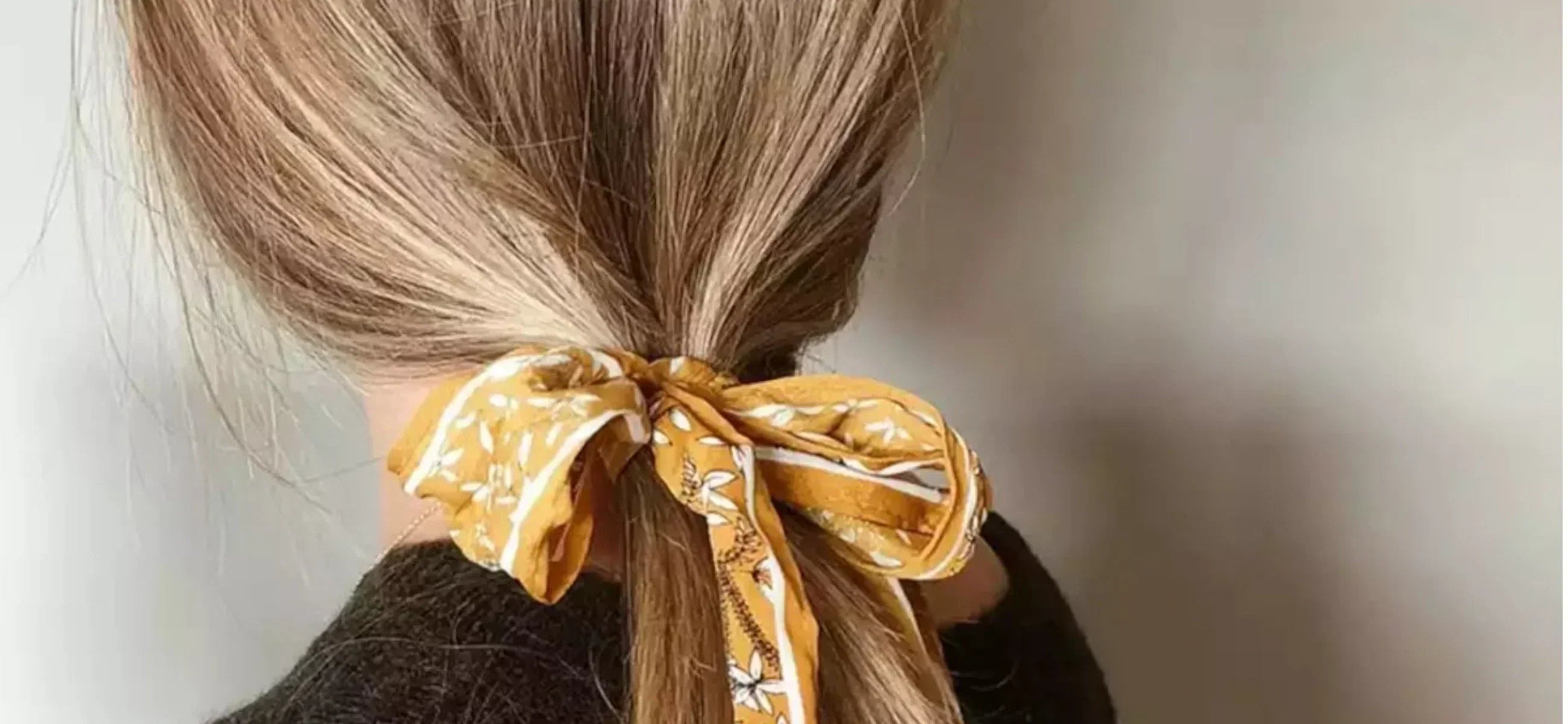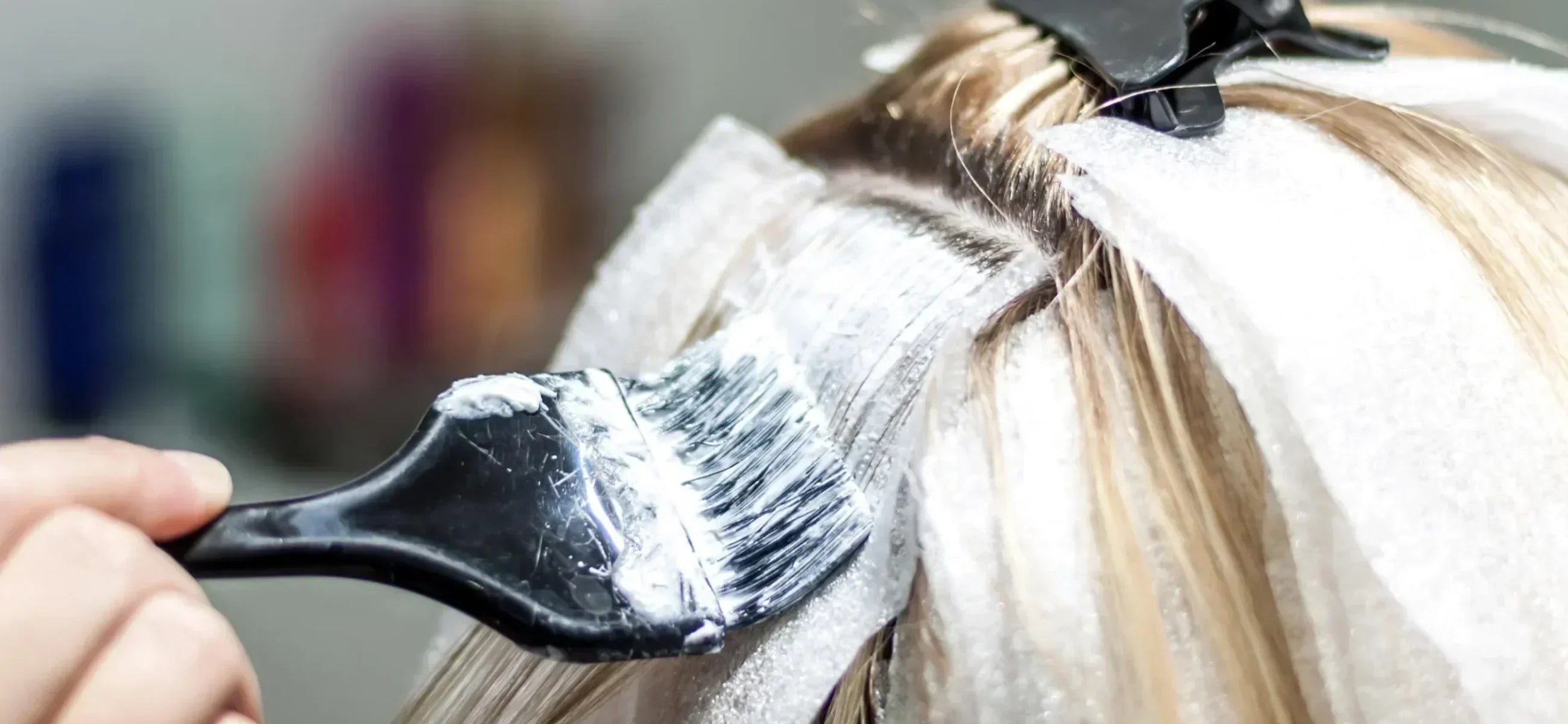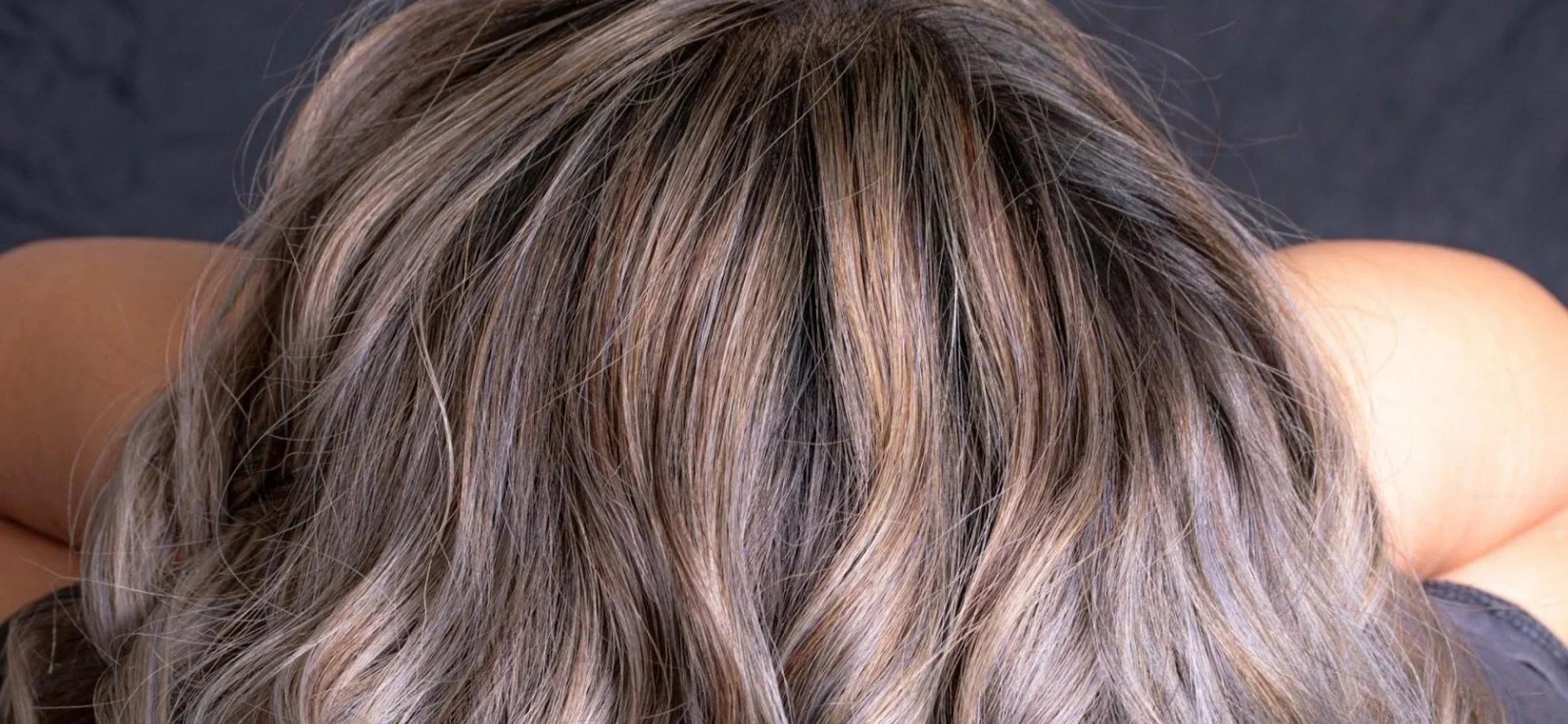
In this article
A hair toner is the secret weapon for anyone serious about their hair color. It’s what takes your shade from “just dyed” to salon-perfect by refining the tone, canceling out unwanted brassiness, and adding depth. More people are realizing that simply bleaching or dyeing isn’t enough, without toner, blonde can turn yellow, brunette can go too warm, and cool shades can fade fast. You'll understand what toner actually does, why it’s a must if you color your hair, and how to use it like a pro for flawless results.
What does toner do to your hair?
A hair toner is the key to achieving a flawless color. It fine-tunes the shade of your hair and corrects undertones. But what exactly does toner do? Here are four key benefits:
-
Neutralizes unwanted tones – After bleaching or coloring, hair can develop brassy or overly warm hues. Toner counteracts these tones and leaves behind a more balanced shade.
-
Enhances and refines color – Whether you want a subtle golden glow or an icy platinum finish, toner helps perfect your color and adds depth.
-
Adds shine and dimension – Toner also improves the hair’s overall appearance. By smoothing the cuticle, it enhances shine and makes your hair more vibrant.
-
Prolongs salon results – Hair color can fade or shift over time, but regular use of toner helps maintain the desired tone between appointments.
-
Works for all hair colors – While toner is often associated with blonde hair, brunettes and redheads can benefit too. It can soften warm tones, add cool highlights, or enrich natural depth for a more customized color.
Is toning good for your hair?
Unlike permanent hair dye, toner is much gentler on the hair because it works on the surface. It helps neutralize unwanted brassy or yellow hues, refine the overall shade, and enhance vibrancy without causing significant damage. Many professional toners also contain conditioning agents that smooth the hair cuticle.
However, like any hair treatment, overuse or improper application can lead to issues. Frequent toning, especially with strong pigments, can cause build-up. Some toners contain mild chemicals, such as ammonia-based formulas, which, if used too often, may contribute to dryness.
How long do toners last on hair?
Toners are not permanent, but their effects can last anywhere from two to six weeks. Professional in-salon toners tend to be more pigmented and last longer than at-home alternatives, especially when paired with sulfate-free shampoos and color-protecting treatments. Over time, exposure to washing, heat styling, and environmental factors like sun and chlorine can cause the toner to fade.
Do I shampoo after toner?
After applying toner, it’s best to skip shampooing immediately to allow the color pigments to settle into the hair. Stylists recommend rinsing out the toner with just water and following up with a conditioner or a deep treatment to lock in moisture. Shampooing right away can strip some of the toner's effect and causes the color to fade faster than intended. Since toner is a semi-permanent product that sits on the hair’s surface, giving it time to absorb will result in a longer-lasting, more even finish.
What happens if you leave toner in your hair too long?
Leaving toner in your hair for too long can result in a darker or overly ashy tone that may not be the intended result. Toners are designed to deposit pigments that neutralize unwanted hues, but when left on past the recommended time, these pigments can build up excessively. This can cause blonde hair to turn gray, purple, or even greenish, while brunettes may end up with a muddy or dull finish.
Toner VS Purple shampoo: Differences
What's the difference between a toner and a purple shampoo? Read on this table.
|
Feature |
Toner |
Purple shampoo |
|
Purpose |
Neutralizes unwanted tones and refines overall hair color. |
Maintains cool tones and prevents brassiness in blonde or silver hair. |
|
How it works |
Deposits pigments to adjust and enhance the hair’s tone. |
Uses violet pigments to neutralize yellow or warm tones. |
|
Effectiveness |
More pigmented and effective for correcting brassiness. |
Less intense than toner, works over multiple washes. |
|
Duration of results |
Lasts 2-6 weeks. |
Effects are temporary, lasting until the next wash. |
|
Application method |
Applied after bleaching or coloring, processed for a set time, then rinsed. |
Used like a regular shampoo, left on for a few minutes before rinsing. |
|
Best for |
Blonde, brunette, and red hair that needs tone correction. |
Blonde, silver, or highlighted hair that needs upkeep between toning. |
|
Professional vs at-home use |
Usually done professionally, but at-home toners are available. |
Widely available for at-home use. |
|
Potential risks |
Leaving it on too long can result in overly ashy or dull tones. |
Overuse can cause hair to look overly purple or dull. |


